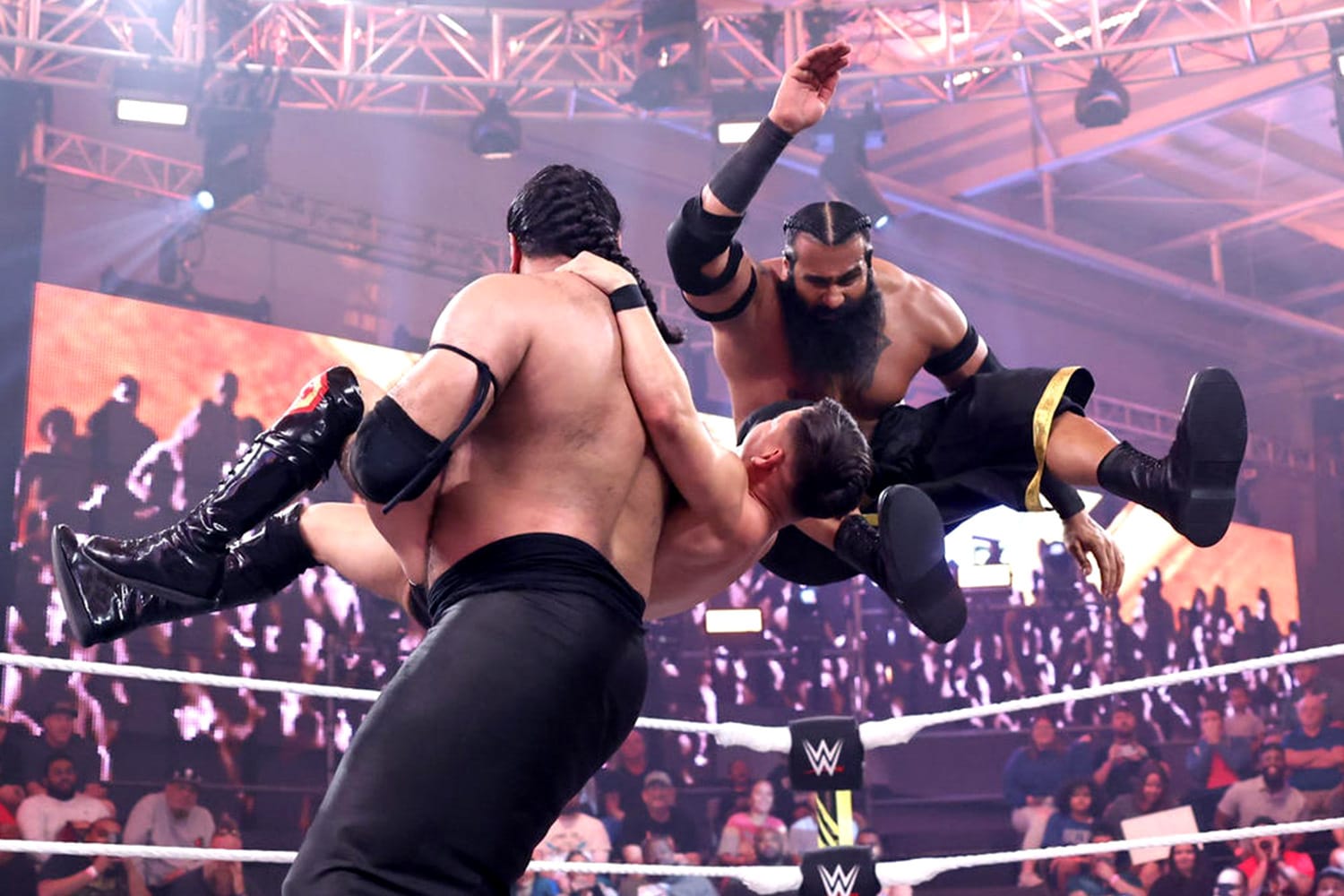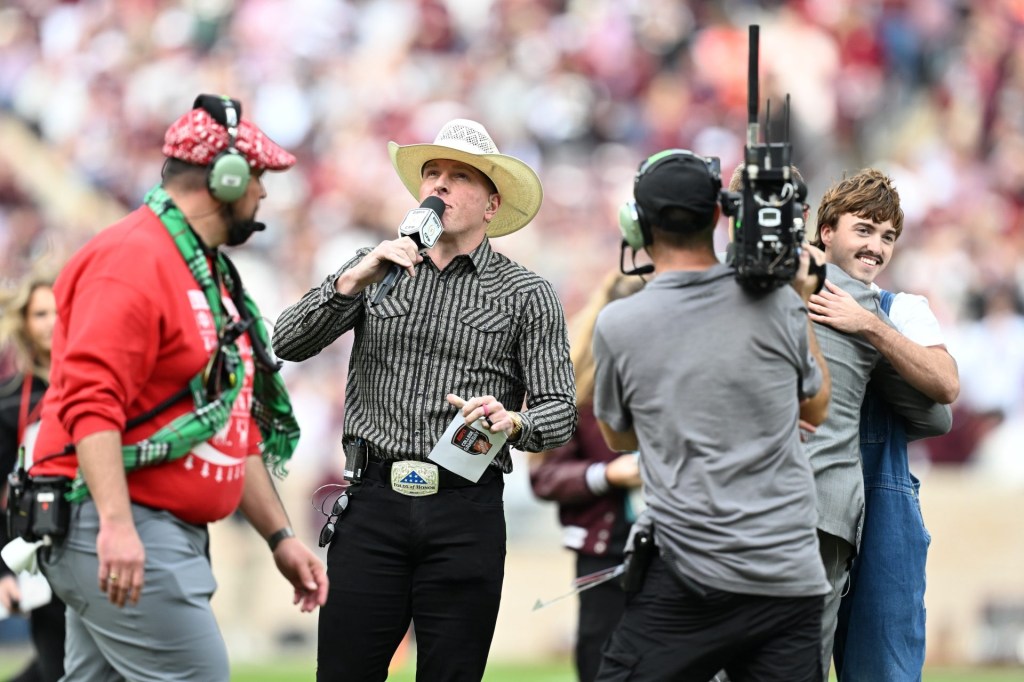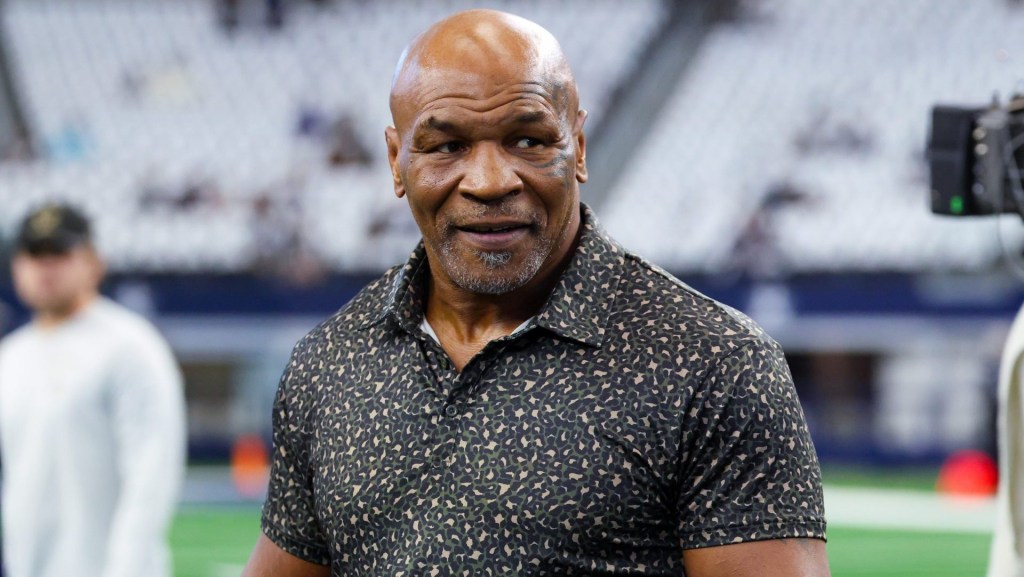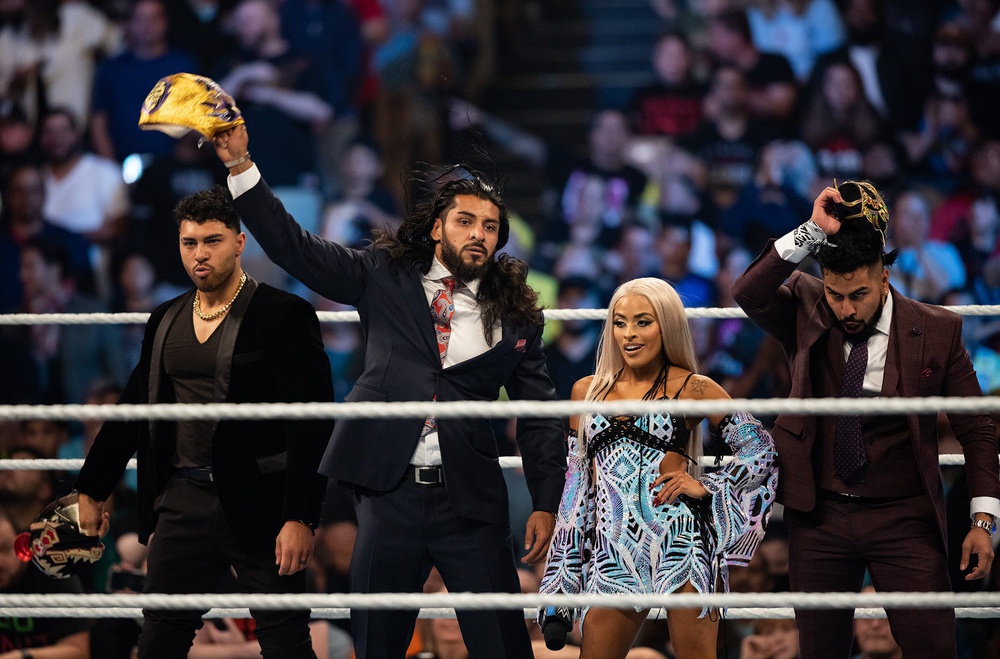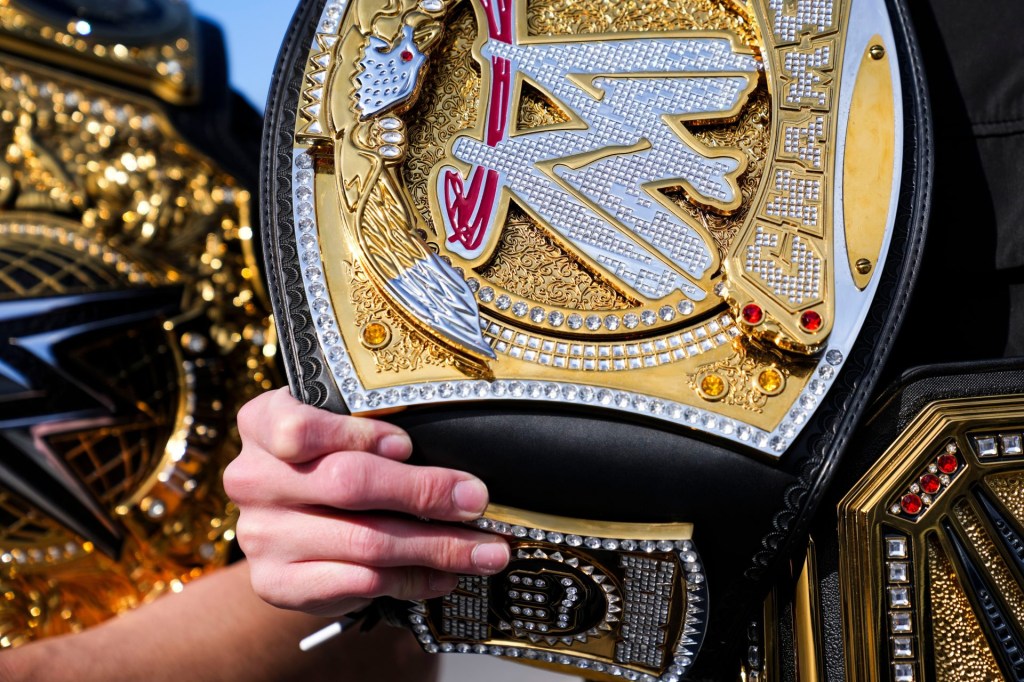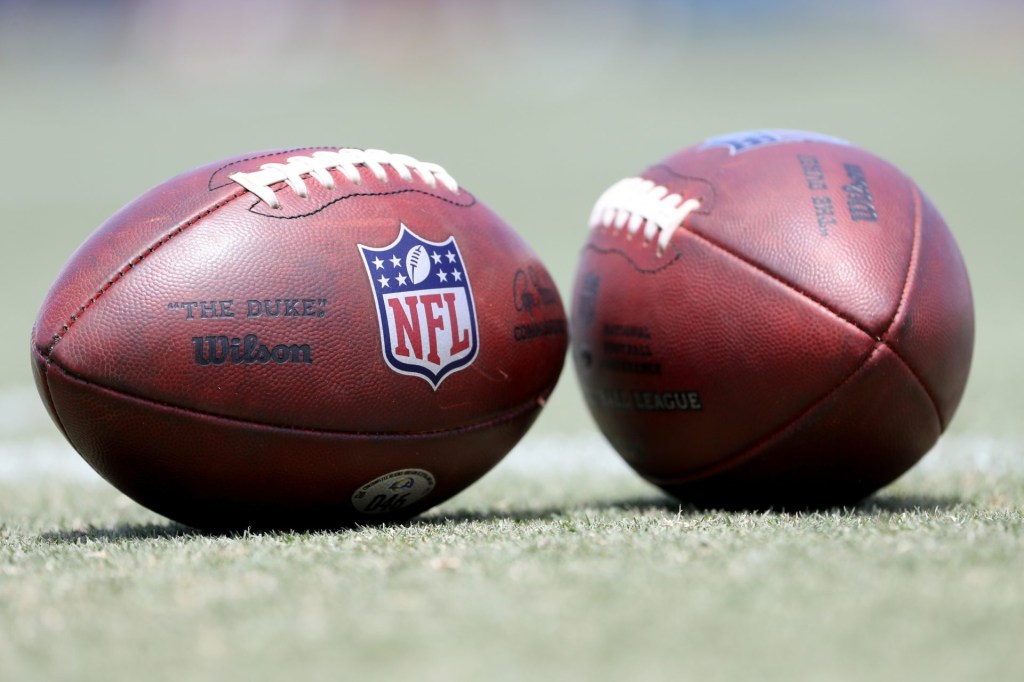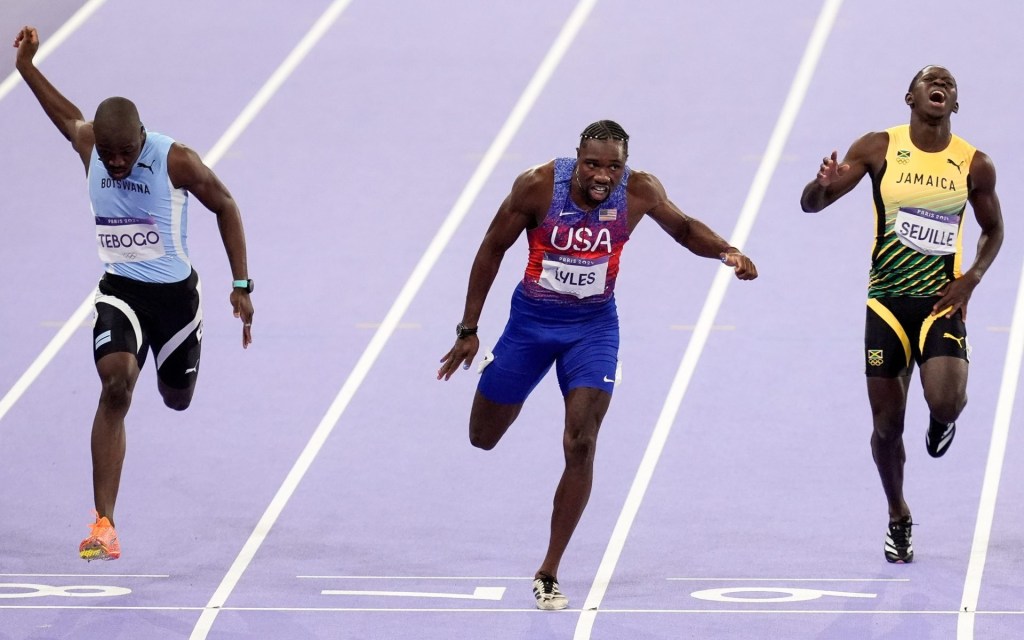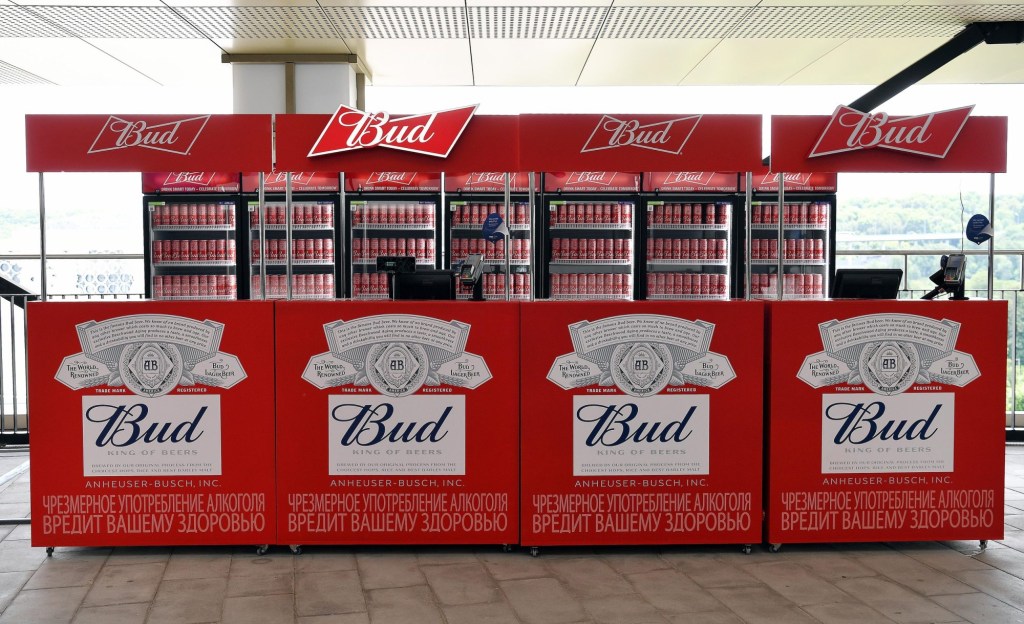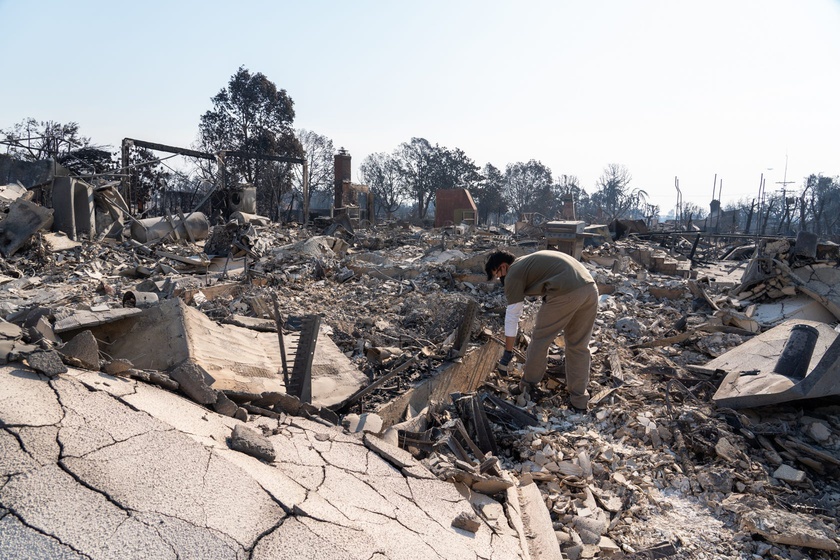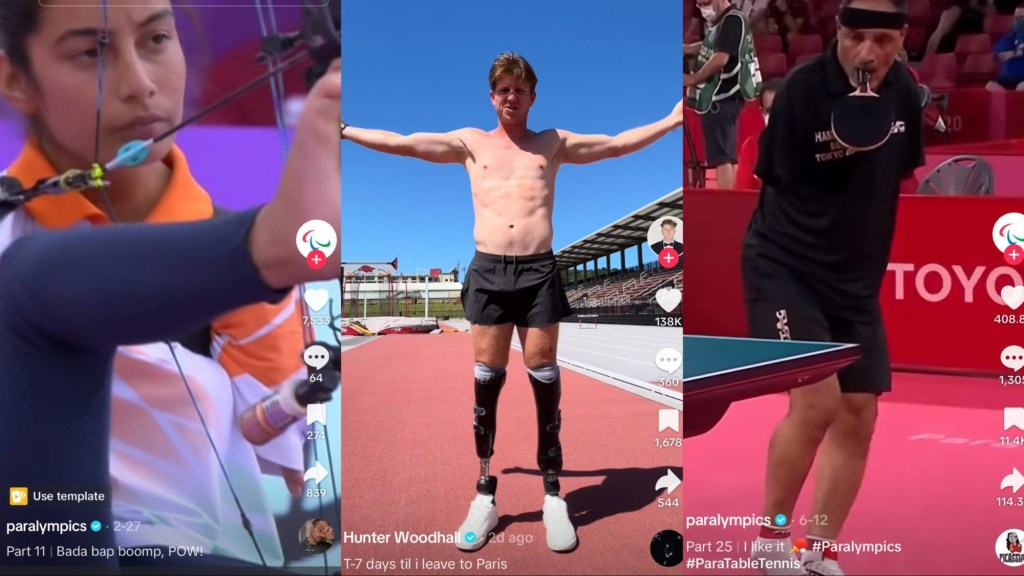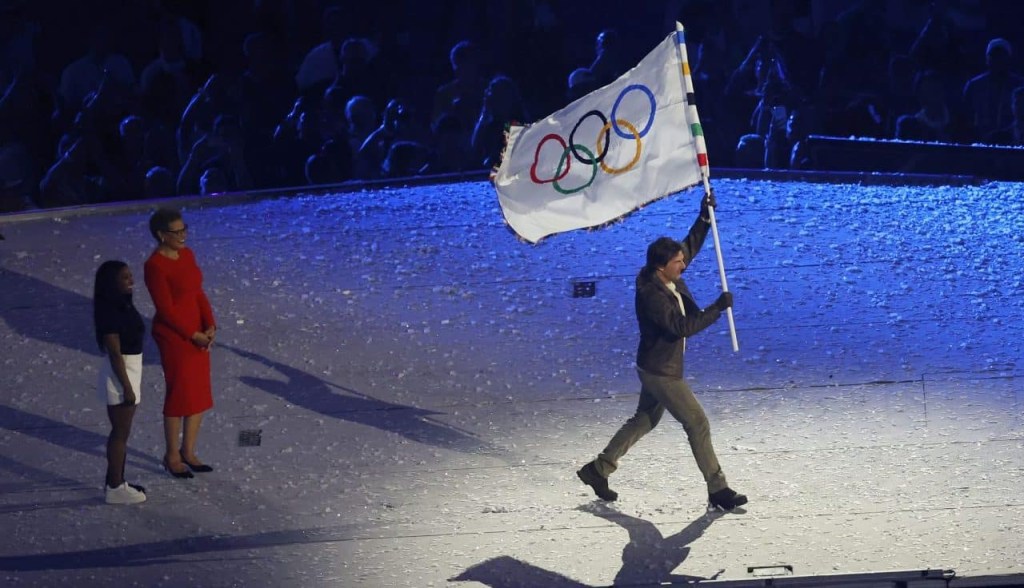This weekend, WrestleMania 39 bodyslams its way into SoFi Stadium — home of the Los Angeles Rams and Chargers — under the billing “WrestleMania Goes Hollywood.”
Roughly 8,000 air miles away in South Asia, there’s an energized yet still largely untapped Indian market that yearns for the day that “WrestleMania Goes Bollywood.”
And that doesn’t necessarily mean India wants to host the mega-event just yet. Groundwork toward that dream can at least begin with getting its wrestlers a slot on the two-night super-card.
The active crop of WWE talent touts a handful of Indian wrestlers such as Jinder Mahal (a former WWE Champion), Veer, Sanga, Shanky, and Guru Raaj. Yet none of those Superstars is slated for matches at WrestleMania, as most are grinding away with WWE developmental brand NXT.
The Indian Superstars and their fans and critics alike are hopeful that WWE can bolster its growing pipeline to India enough to create a steady influx of talent for years to come and fill that void in the near future. In fact, they’re counting on just that.
“It will be very soon,” Veer (real name Rinku Singh), tells me of an Indian wrestler being penciled into a future WrestleMania match.
“It would be the biggest day in my life,” adds his Indus Sher tag-team partner Sanga (real name Saurav Gurjar) about competing in pro wrestling’s version of the Super Bowl. “The whole country would wait for our winning.”
Even with no Indian Superstars on the WrestleMania card, the nation’s rabid audience will likely be tuning into pro wrestling’s biggest two nights of the year, if past viewing figures are any indication.
- Last year, 56.1 million Indian viewers watched WrestleMania 38 on Sony Sports Network, and the nation saw its total viewership of the annual extravaganza soar by 29% from the 2021 edition, according to WWE stats.
- These numbers come after WWE reached a five-year extension with Sony Pictures Networks in March 2020, with a view toward an expanded broadcast partnership to deliver WWE’s flagship and local content in India.
Why is the nation of 1.4 billion people so fond of WWE’s sports entertainment? Ishan Chavan, producer of WWE content for Sony Pictures Network, has his theories.
“The appetite for pro wrestling is very, very big because we love drama, we love storytelling, and wrestling is all about that,” says Chavan, who’s based in Mumbai. “It’s got that perfect blend of spice, extra edge — sometimes it gets emotional, sometimes you question if it’s logical, but that’s the beauty of it. I think Indian fans love that.”
Sanga adds, “Indian audiences connect with heart. If we win, they’re happy. If we lose, they’re not crying, but they feel very, very bad.”
Deep-Rooted Affinity
India’s doting relationship with pro wrestling dates back to the 1950s.
Dara Singh was in his prime, having defeated wrestlers from around the world including Australia’s King Kong in 1956 (before starring in the 1962 movie of the same name) and American Lou Thesz in 1968. The beloved Indian icon later enjoyed a prolific acting career and even dabbled in politics before his passing at the age of 83 in 2012. Six years later, WWE posthumously inducted him into its Hall of Fame as part of its legacy class.
“Dara Singh ji (inserted at the end of a person’s name in Indian culture as a sign of reverence and affection) is a big name in India,” Shanky (real name Dilsher Shanky) says of the late world champion. “Every Indian knows about Dara Singh and who he was.”
The 7’1” Great Khali (real name Dalip Singh), however, was the first Indian-born WWE World Heavyweight Champion, having won the title in 2007 en route to being inducted into the Hall of Fame himself.
In 2017, Jinder Mahal (real name Yuvraj Singh Dhesi) segued from essentially being a jobber to an unlikely reign as WWE Champion. In a sports-entertainment space where the worst reaction a wrestler can get is indifference, “The Modern Day Maharaja” generated heat as a heel with American WWE crowds, declaring that the U.S. is in decline while speaking in Punjabi to boast about his greatness.
“It was amazing,” Mahal said of his title reign. “It was a big thing for representation. It felt like we had a voice, like we arrived. I really hope that I inspire future WWE champions.”
The Pipeline
The construction of a training ground in India similar to the WWE Performance Center in Orlando, Florida, could help motivate prospective talent even further.
“That would be the first step, along with tryouts — having some sort of formal training center,” says Mahal. He thinks open calls can even lure talent away from top national sport cricket as well as kabaddi (a hyper game of tag) and kushti (a form of mud wrestling), the way WWE currently does with amateur wrestlers and football players.
“I’ve heard rumors that WWE wants to expand in India by opening up a Performance Center. I personally think we’re a couple of years away from that happening.”
(WWE brass wouldn’t offer a comment regarding this to FOS).
The hunger among fans is already embedded. The Great Khali runs his own promotion in India called Continental Wrestling Entertainment (CWE), though a more pointed effort from WWE could help funnel talent from the country for years to come.
When WWE Performance Center scouts visited Mumbai in March 2019 to search for the next Superstar at the company’s first tryout in India, nearly 80 prospects tried out.
Shanky was one of them.
“It was a huge tryout of five days,” he recollects. “I can say how Indian people love WWE and have a big dream of coming here in the USA and performing on TV and representing our country.”
Chavan also implores WWE to cultivate talent outside of Punjab, the North India hotbed that has historically produced many pro wrestlers.
“India isn’t only Punjab,” Chavan says. “Punjab is one part of India. You can explore so much more. Anybody in professional wrestling — not just WWE — if they make use of Indian talent right and sell it right, the potential for commercial capabilities is endless.”
That could be a game-changer for WWE’s constant efforts to increase merchandise sales.
Even with a Performance Center in a central location, cricket might force WWE and other promotions to cast a wider net into India’s countryside.
“It’s going to be the guys from the villages — the guys like Brock Lesnar who are working on the farm — who will wind up doing amateur wrestling,” says Chavan about potential wrestling prospects.
A consistent presence on TV, where they’re allowed to be themselves without any forced exaggerations, should also help. That way Indian culture can be infused naturally without running the risk of overdoing it and turning off Indian audiences.
As it is, active Indian Superstars have injected the country’s culture into the WWE Universe by being themselves.
Mahal named his finishing move, a modified cobra-clutch chokehold, into a slam called “The Khallas,” after a Hindi movie by the same name (the word means “finished”). Shanky is known for using his 7-foot frame to bust out Bhangra dance moves, while Veer has educated fans about the gamucha, a traditional Indian spiritual cloth that can be worn on the forehead.
When Veer and his jet-black mane indulged in too much lion-like roaring, taking away from his actual eloquent microphone skills, WWE put him in fashionable suits alongside Sanga while still empowering them to remain savage in the ring.
It’s a far cry from 2005. Muhammad Hassan, a proclaimed Arab American Superstar, was portrayed by a real-life Italian American named Marc Copani. Hassan once notoriously led a squad of masked goons to assault The Undertaker in a show that took place within days of the London suicide bombing. Needless to say, Hassan’s character would be cut soon thereafter.
WWE doesn’t want a repeat of that disaster. Neither does its fans or critics.
“As an Indian, I want my Indian Superstar to just be a normal, professional wrestler,” Chavan says. “Jinder Mahal is the closest thing that came to being that ideal champion that we wanted to see from India.”
As much as cricket is religion in India, Veer says WWE can elicit the kind of fever that allows pro wrestling to possibly overtake the nation’s pastime someday.
“I feel like they are missing their hero,” Veer says of Indian wrestling fans. “I feel like the day they have that, it will go above and beyond cricket. That’s my personal belief. I believe our fans are really looking for their hero.”
On many WrestleMania cards to come.
